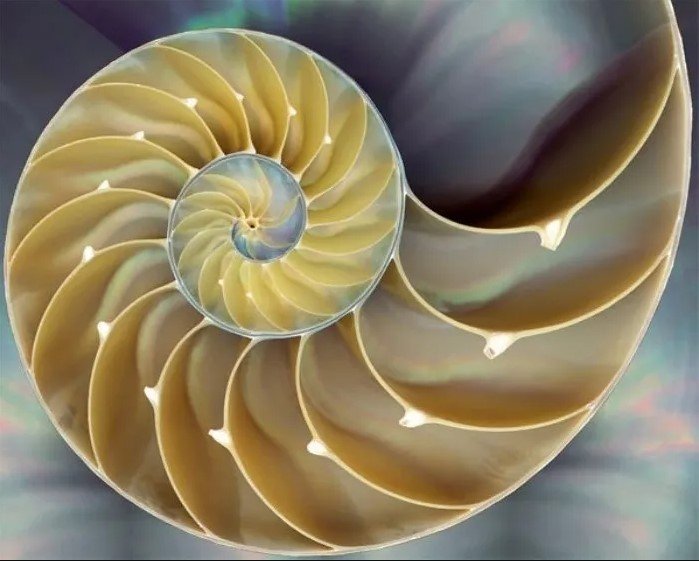
Fibonacci series is a sequence of numbers that begins with 0 and 1, and each subsequent number is the sum of the previous two numbers in the sequence. The sequence goes like this: 0, 1, 1, 2, 3, 5, 8, 13, 21, 34, 55, 89, 144, 233, 377, 610, and so on, to infinity.
The series was named after the Italian mathematician Leonardo Fibonacci, who introduced it to the Western world in his book Liber Abaci, published in 1202. However, the series was known in India much earlier, and it was used in Sanskrit poetry as early as the 6th century.
The Fibonacci series has many interesting properties and applications in mathematics, science, and art. For example, the ratio of any two adjacent numbers in the sequence tends toward the golden ratio (approximately 1.61803398875), which is a proportion found in many natural phenomena, such as the growth of plants and the proportions of the human body.
The series also appears in the study of number theory, where it has many interesting properties. For example, every positive integer can be expressed as the sum of Fibonacci numbers in a unique way, and there is a formula for computing the nth Fibonacci number using the golden ratio.
In addition to its mathematical properties, the Fibonacci series has been used in many works of art and literature, where it is often used to represent growth, progression, and harmony. For example, the series appears in the architecture of many ancient buildings
There are several natural phenomena in which the Fibonacci sequence can be observed:
Pinecones: Pinecones exhibit a spiral pattern that follows the Fibonacci sequence. The number of spirals in each direction is a Fibonacci number, and the ratio of the number of spirals in one direction to the other is a number very close to the golden ratio.
Sunflowers: The seeds in the head of a sunflower are arranged in spirals that follow the Fibonacci sequence. The number of spirals in each direction is a Fibonacci number, and the ratio of the number of spirals in one direction to the other is a number very close to the golden ratio.
Shells: The spiral pattern on the shells of some mollusks follows the Fibonacci sequence. The shells grow in a logarithmic spiral, which creates a pattern that closely approximates the Fibonacci sequence.
Human body: The human body also exhibits the Fibonacci sequence in some aspects. For example, the ratio of the length of the forearm bone to the length of the hand bone is close to the golden ratio. Similarly, the ratio of the distance from the navel to the floor to the distance from the top of the head to the navel is close to the golden ratio.
Overall, the Fibonacci sequence is found in various natural phenomena, and it is fascinating to see how such a simple mathematical sequence can be observed in the world around us.